We explain what dance is, how it is classified and the elements that make it up. Also, what are its characteristics and importance.
What is dance?
Dance or dance is an artistic form that is expressed through body movements . It is generally performed to the sound of music but it can also follow its own rhythm. It can be carried out for religious, expressive or entertainment reasons.
Although there are many types of dances and many occasions to perform them, a body language is usually identified in them that serves to express various emotional or cultural contents . For this, the movement and position of the body in space must be perceived, as well as the cadence and fluidity of the movements of the performer.
Those who practice the dance are known as dancers or dancers , depending on the specific context of their dance.
Origin of the dance
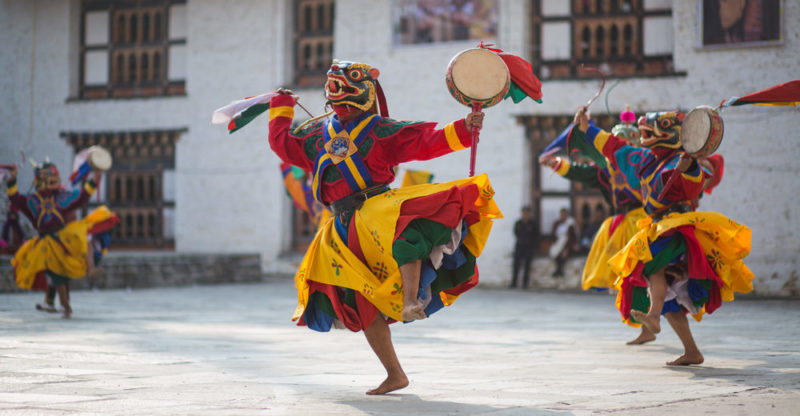
Dance has been around since the emergence of the first cultures .
Anthropologists estimate that their social function was initially associated with ritual actions .
This would be the case of the famous dance to attract the rain of certain North American aboriginal peoples.
Healing dances that shamans perform around the sick have also been observed in primitive tribes that still survive.
Dance is one of the human activities par excellence . While other animals perform certain movements for communicative or reproductive purposes, they do not have the cultural function of human dance.
Dance history
The first to understand dance as an art form were the Greeks of antiquity , who have dedicated one of his muses: Terpsichore . Dance in Ancient Greece was linked to the cult of Dionysus, and was part of theatrical practices , along with music and poetry .
Like all arts , dance evolved over time along with human society . In some cases it accompanied acts of ritual significance (weddings, celebrations, religious rites), as is the case to this day.
It was also developed as a show and entertainment , thus becoming one of the so-called performing arts. In both cases it is usually accompanied by music, although on occasions it managed to become independent from it, as in tap dance or tap dance .
Dance types
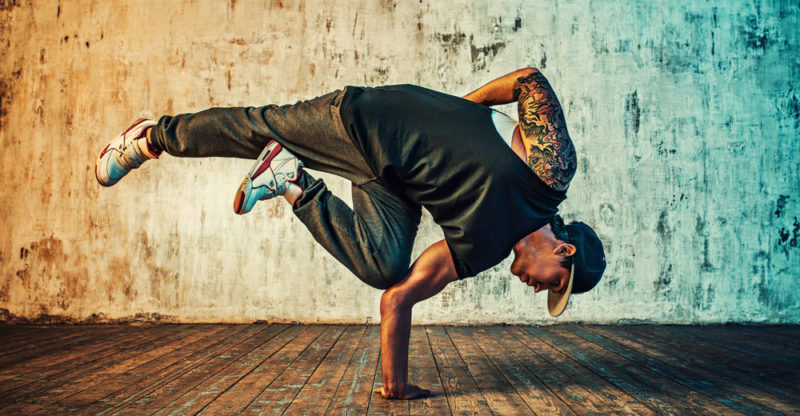
There is an enormous diversity of dances and dances, each one with its determined and specific cultural context, so we could roughly group them into the following categories:
- Folkloric dances . They are typical of local communities, generally small, and come from their ancient times, sometimes even inherited from disappeared ancestors. It is part of folklore, that is, the traditional popular manifestations of a nation or community .
- Artistic dances. Those that are performed as part of a visual show, on a stage or in a suitable space, without the participation of the public and generally linked to central motives of the dominant cultural tradition, that is, of the so-called “high culture”. We could distinguish two great trends: classical ballet and contemporary dance.
- Urban dances. Those that are executed hand in hand with urban rhythms, that is, with music associated with city life and modern trends, such as break dance and others.
- Ballroom dances. It is a set of couple dances, which are practiced socially and competitively throughout the world, either as a party dance, as a sports practice or as a choreographic demonstration. Examples of this are the waltz, the bolero, the foxtrot, the pasodoble or the tango.
Elements that make up the dance
Dance is made up of various interrelated elements that are followed and interpreted by the audience as an expressive language . Their use, moreover, is not always uniform, and in a dance one may predominate over the other.
- Movement. The change of position of the bodies along the space determined for the dance, that is, the displacement.
- Rhythm. The temporal sequence between the specific steps to follow, so that the dance occurs in sync with the music or with its own tempo.
- Space. The place where the dance takes place, and with which the dancers' bodies will have some kind of relationship. It can be a stage, a square, a dance floor in a nightclub, etc.
- Style. The way or the aesthetic, personal, social or fashionable inclination in the execution of the dance. Generally, the most conservative and classic styles are distinguished from the most aggressive and modern.
- Body expression. Body expression refers to the staging of the body, that is, to the use of the body as a vehicle for certain senses or meanings, either through poses, suggestive movements, improvised steps, etc.
Choreography
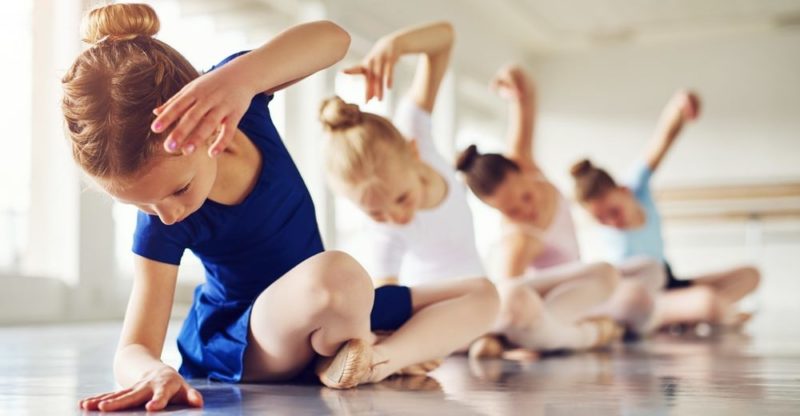
This is the name given to the art of creating dances, that is, of joining various movements to generate a new language . It is equivalent to composition in music, since it is about creating new pieces that can then be performed by one or more dancers.
The people in charge of this type of composition and the training and direction of the dancers who perform it, are known as choreographers.
Scenic attitude
The stage attitude is the expressive content that the dancers embody during the dance and that they transmit to the public, and it is made up of several elements:
- Motivation . The dancer's motivation is his commitment to dance, his desire to give his all for the show, and can often even make up for his lack of talent.
- Self-confidence. The confidence in himself and the security that the dancer projects makes all his movements look like part of a whole framework and allows him to project his image to the public.
- Intensity. It refers to the degree of physical and psychological preparation of the dancer, which on stage translates into something that borders on perfection or that borders on aesthetics, managing to move the audience in some sense.
- Concentration. Dancers often exhibit high levels of concentration, as dance requires full mental and physical commitment.
Why is dance important?

Dance is a form of human creation , as are music, letters or painting . In it the human body is taken as an instrument and to demonstrate, as in sport , the beautiful forms that underlie it or the harmonic movements that it can execute.
In addition, in many human societies, dance has a social function linked to the expression of the joy of living , courtship and desire. For this reason, it also fulfills an important daily function, although it does not take place in the same terms as on stage.
Classical dance
Ballet is called classical dance or academic dance, a form of dance that approximates the human body from the absolute control of its movements . It is linked to the "cultured" or elitist tradition of art and culture. It uses a staging, classical music and themes or stories central to the West and the world.
Contemporary dance
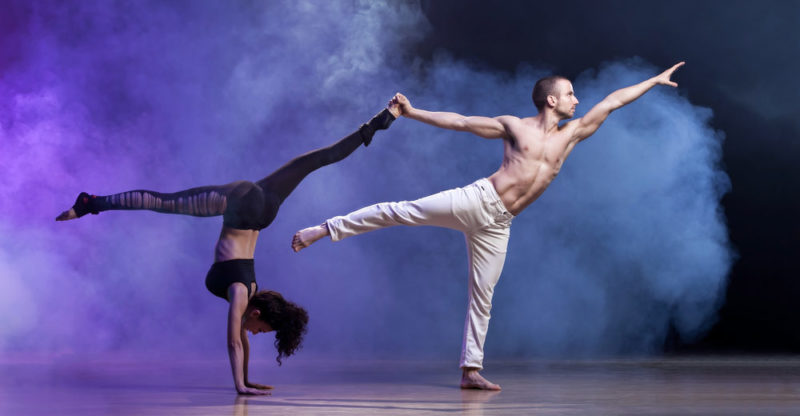
Contemporary dance is one of the modern forms of artistic dance , and it arises as a reaction to the classical rigidity of the Ballet. It uses body shapes that developed in the 20th and 21st centuries .
Formerly it was known as Modern Dance , although that term is in disuse. One of its main criticisms and virtues is that it suggests an air of "anything goes" in its forms , which can be borrowed from disciplines such as yoga, tribal dance or any other form of dance.
Sports dance
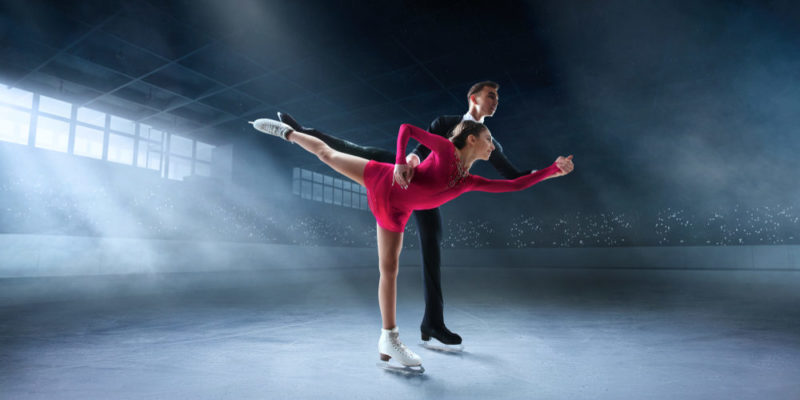
Dance can also figure among human sports, as in the case of rhythmic gymnastics, figure skating or synchronized swimming. In them, music is used to coordinate a group of athletes who move in a synchronized and / or showy way.
The above content published at Collaborative Research Group is for informational and educational purposes only and has been developed by referring to reliable sources and recommendations from technology experts. We do not have any contact with official entities nor do we intend to replace the information that they emit.
Luke is passionate about fostering student involvement and connection. He studied psychology for his major and likes learning about the past. Luke aims to specialize in artificial intelligence and cybersecurity. .
Leave a reply
Your email address will not be published. Required fields are marked *Recent post

Sport: What Is It, Types, Risks, Features, Characteristics and Examples

Dogs: Emergence, Features, Characteristics, Feeding and Breeds

Story: Definition, Elements, Structure, Features and Characteristics

